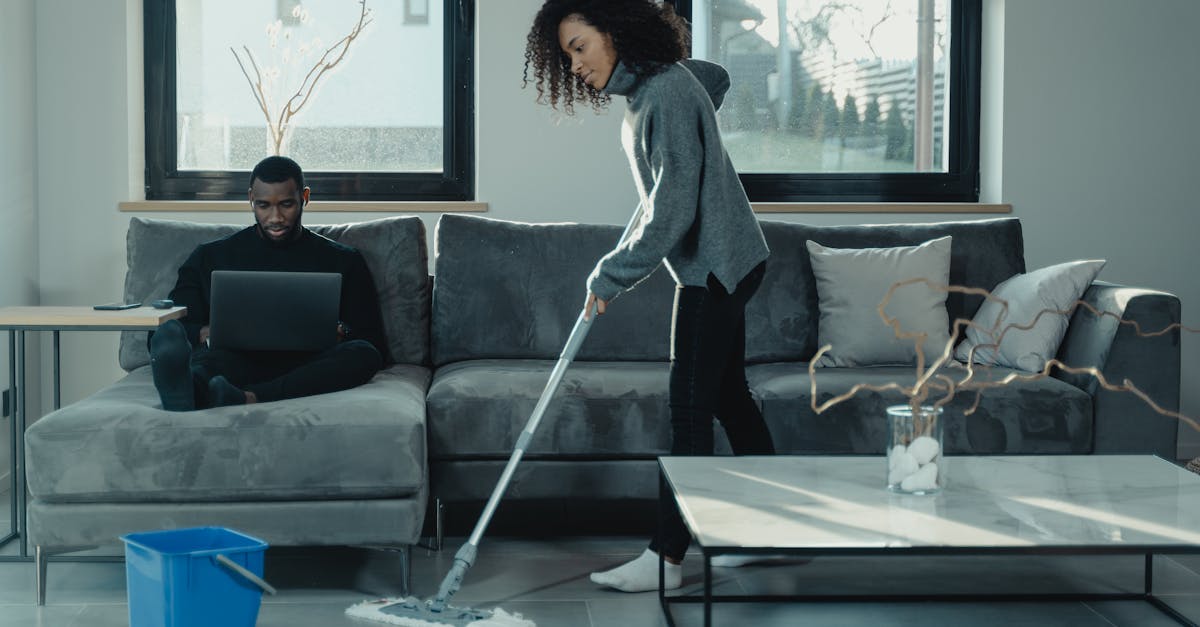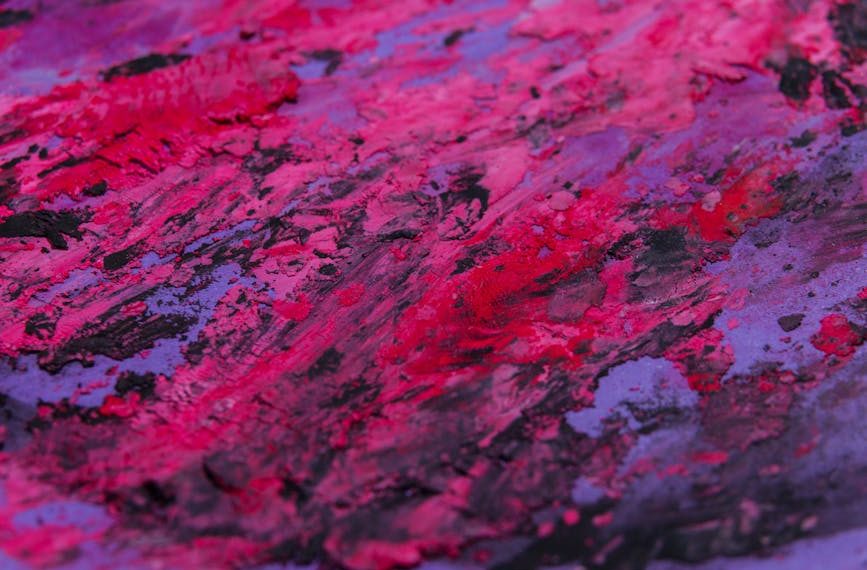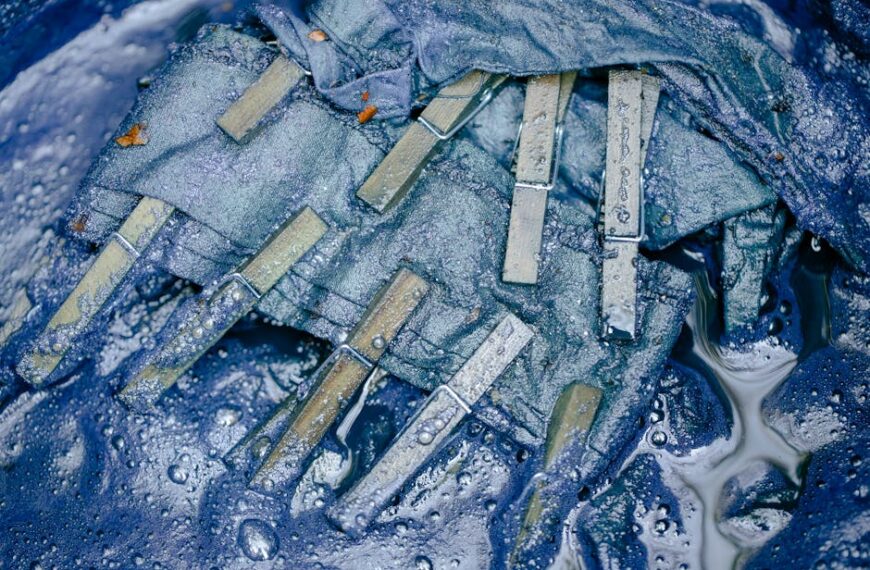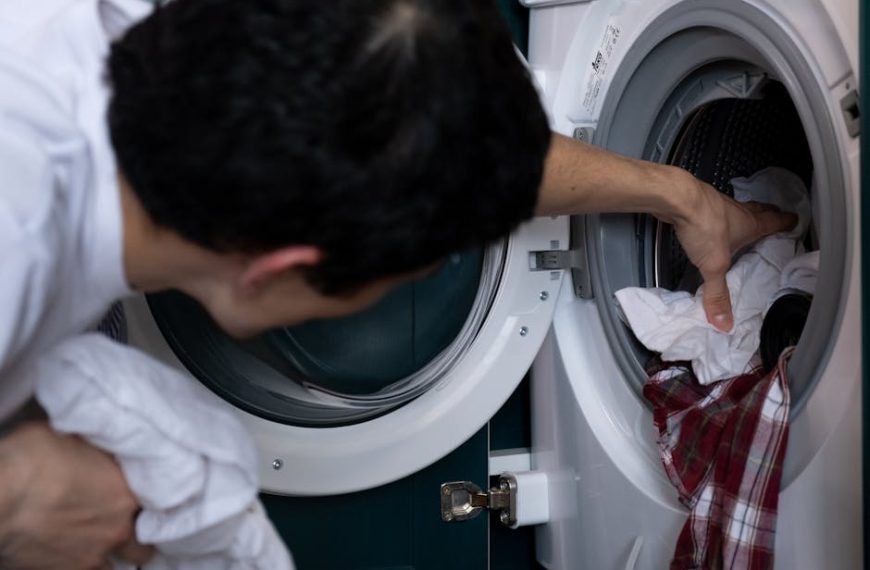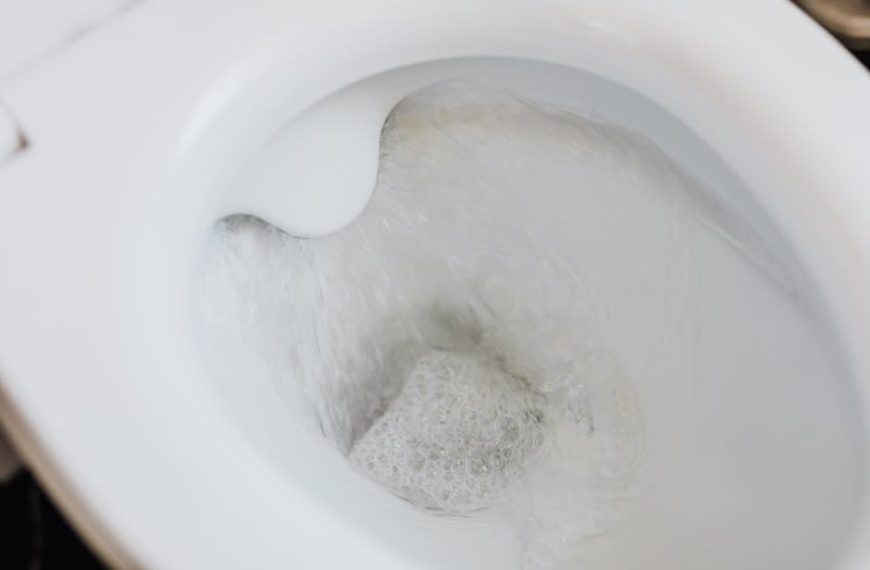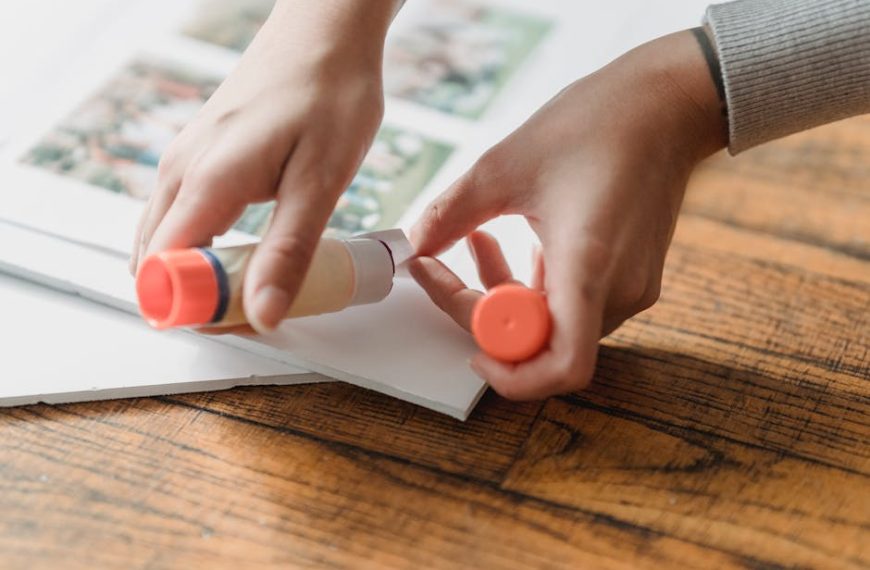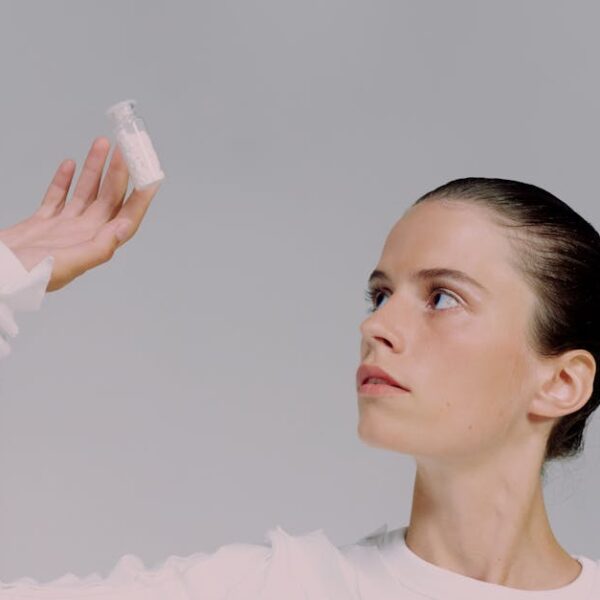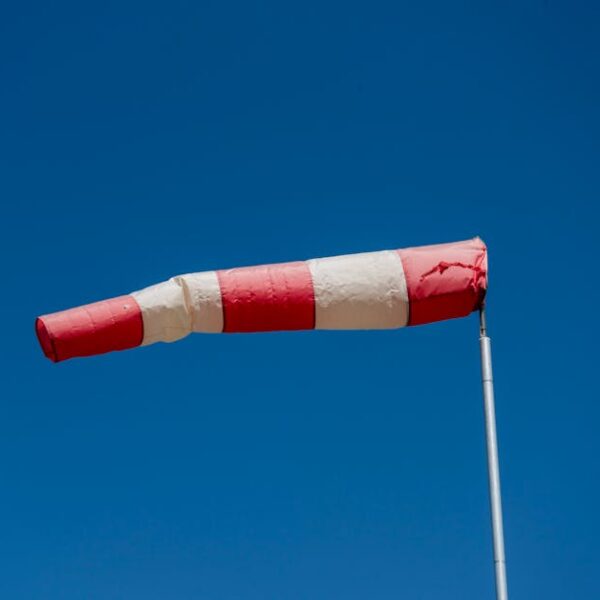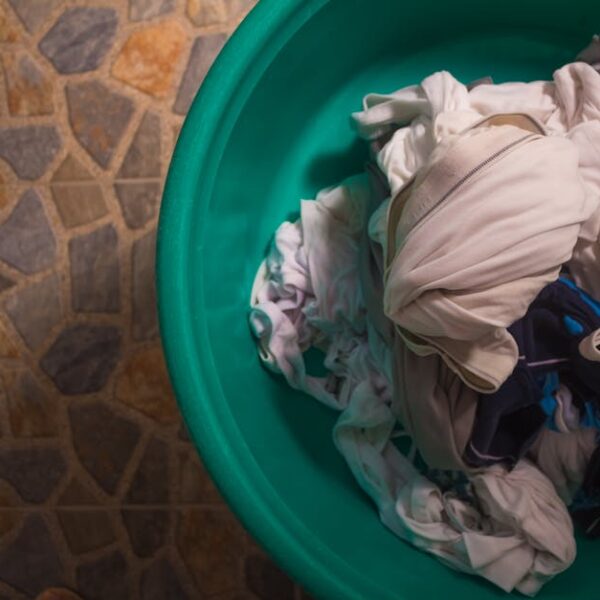Whether interesting posters, creative art pieces, or perhaps a decorative tapestry, Blu Tack has been your go-to because it makes hanging items on the wall hassle-free. However, behind these items lurk unsightly stains and mars left by the Blu Tack. These imprints may seem stubborn, but once you understand how and why they occur, removing them becomes a feasible task with the right methods and materials.
Understanding Why Blu Tack Leaves Stains on the Wall
Blu Tack, while wonderfully useful, often leaves a residue that results in marks on the walls. The elastomer compound that gives Blu Tack its adhesive capabilities contains oils that can seep into the wall surface. Over time, coupled with factors such as room temperature or humidity, these oils create visible stains.
Interestingly, the wall surface plays a critical role in the formation of these stains. Plaster and porous paint absorb the Blu Tack’s oily substance more readily than vinyl wallpapers or oil-based paint, leading to a higher likelihood of staining. Duration also matters – the longer the Blu Tack stays on the wall, the deeper the oils penetrate, forming more stubborn stains.
➡️ Pro tip: Limit the contact time between the Blu Tack and your wall. It’s also essential to know and consider your wall’s paint type when using Blu Tack to avoid potential marks or stains.
Materials Needed for Removing Blu Tack Stains
Equipped with the right information, let’s prepare the armor to fight the stains. You’ll need a few ordinary household items:
- Warm water
- A soft cloth or sponge
- Dish soap
- Distilled white vinegar
- Baking soda
- Possible touch-up paint
Remember, the key to a seamless cleaning process is having all your materials at hand before you start.
Best practice: Gather your materials and organize your workspace before starting the cleaning process. This approach guarantees an efficient stain removal process and prevents the spread of the oily residue.
Initial Steps to Take in Removing Blu Tack Stains
The battle against Blu Tack stains commences by loosening its grip on your wall. Carefully peel off any remaining Blu Tack from the afflicted area. Then, prepare a cleaning solution of warm water and a few drops of mild dish soap. Before you go all-in, it’s crucial to first test your cleaning solution on a hidden part of the wall to ensure it doesn’t discolor or harm the paint.
1️⃣ Peel off excess Blu Tack gently
2️⃣ Prepare the cleaning solution
3️⃣ Test the cleaner in a hidden area
✍️ Pro tip: Be gentle when peeling off excess Blu Tack to prevent damaging or perforating the wall.
Techniques in Cleaning Blu Tack Stains
Now that your preliminary steps are complete, it’s time to get cleaning. Wet your soft cloth or sponge in your warm soapy water, wring out the excess, and start to gently rub the stain in circular motions. This technique helps ensure the soap is effectively penetrating the stain without spreading it further across your wall.
Let’s break it down into concise steps:
1️⃣ Wet cloth or sponge in warm soapy water
2️⃣ Gently rub the stain in a circular motion
3️⃣ Rinse and repeat until the stain is faded
While there are commercial cleaning products available, they could contain harsh chemicals that may damage or discolor your wall. Here’s a comparison table for clarity:
| Commercial Cleaning Products | Homemade Cleaning Solution | |
|---|---|---|
| Effectiveness | Highly effective in stain removal | Effective with repetitive use |
| Potential Damage | May contain harsh chemicals that could damage the wall | Gentle on most surfaces |
| Cost | Varies; typically more expensive | Cheap; made with household items |
Pro tip: Clean in small, gentle circular motions to help lift the stain off instead of spreading it around.
Can Carbona Carpet Cleaner Help with Removing Blu Tack Stains from Walls?
If you’re struggling with Blu Tack stains on walls, consider these tips for using carbona carpet cleaner. This specialized formula can break down adhesive remnants effectively. Always test on a small area first and gently blot the stain, ensuring you don’t damage the surface while achieving a cleaner finish.
Final Steps and Aftercare for the Wall
Just like nursing a wound, healing your wall from Blu Tack stains is not a one-step process. Once you’ve thoroughly cleaned the stain, pat the area dry with a clean towel. If your wall needs a touch-up, wait for it to dry fully before repainting – this is where you will need your matching paint.
1️⃣ Pat the cleaned area dry
2️⃣ Wait for it to dry fully
3️⃣ Repaint if necessary
⚠️ Pro tip: Ensure that the wall is completely dry before repainting to avoid paint issues and color mismatches.
Moving forward, prevent pesky Blu Tack stains by using it more sparingly. If possible, place a piece of small tape behind the Blu Tack to minimize direct contact with the wall surface. Also, regularly move or adjust the position of your decorations to prevent prolonged contact and potential staining.
1️⃣ Use less Blu Tack
2️⃣ Place tape behind Blu Tack
3️⃣ Regularly move items on the wall
With this guide, we hope your war against Blu Tack stains feels less daunting. Remember, no warrior wins overnight. It may take time, patience, and persistent cleaning, but your walls will thank you in the end.
Key Takeaway:
- Blu Tack leaves stains on the wall because of its oily substance, which can seep into wall surfaces. Factors such as the type of wall surface, duration of contact, and room temperature can make the stains more stubborn.
- Effective removal of Blu Tack stains requires several materials, including warm water, a soft cloth or sponge, mild dish soap, distilled white vinegar, baking soda, and possibly touch-up paint.
- The removal process involves an initial stage of gently peeling off excess Blu Tack, preparing and testing a cleaning solution, followed by cleaning the stained area in gentle circular motions.
- Aftercare steps include drying the wall, repainting (if necessary), and following preventive measures such as using less Blu Tack, placing tape behind the adhesive, and regularly moving wall decorations.
Now that you’re empowered with the knowledge and tools to combat Blu Tack stains, remember that patience is your greatest ally in this task. Thanks to your efforts, your walls can look fresh and clean once again. Make sure to adjust your Blu Tack usage habits moving forward to prevent future stains and maintain the pristine state of your walls.
FAQs
Q: Can I use any type of soap for the cleaning solution?
A: It’s best to use a mild dish soap for the cleaning solution to prevent any potential harm to your wall’s paint.
Q: What should I do if the Blu Tack stain is still visible after cleaning?
A: If the stain persists, repeat the cleaning process until it fades. In some cases, repainting may be necessary.
Q: Why is it suggested to move wall decorations regularly?
A: Regularly moving wall decorations helps to prevent prolonged contact of the Blu Tack with the wall surface, reducing the chance of staining.
Q: Can I substitute vinegar with another household item?
A: While vinegar is commonly used, you could try using lemon juice as a substitute. However, remember to test any substitute on a hidden part of the wall first.
Q: What type of paint is recommended for touch-ups after cleaning a Blu Tack stain?
A: It’s advisable to use the same type of paint as originally applied on the wall for touch-ups to ensure a consistent finish.
We encourage you to leave your feedback and share this article with others. You can explore more posts on our website to learn new and helpful tips.
